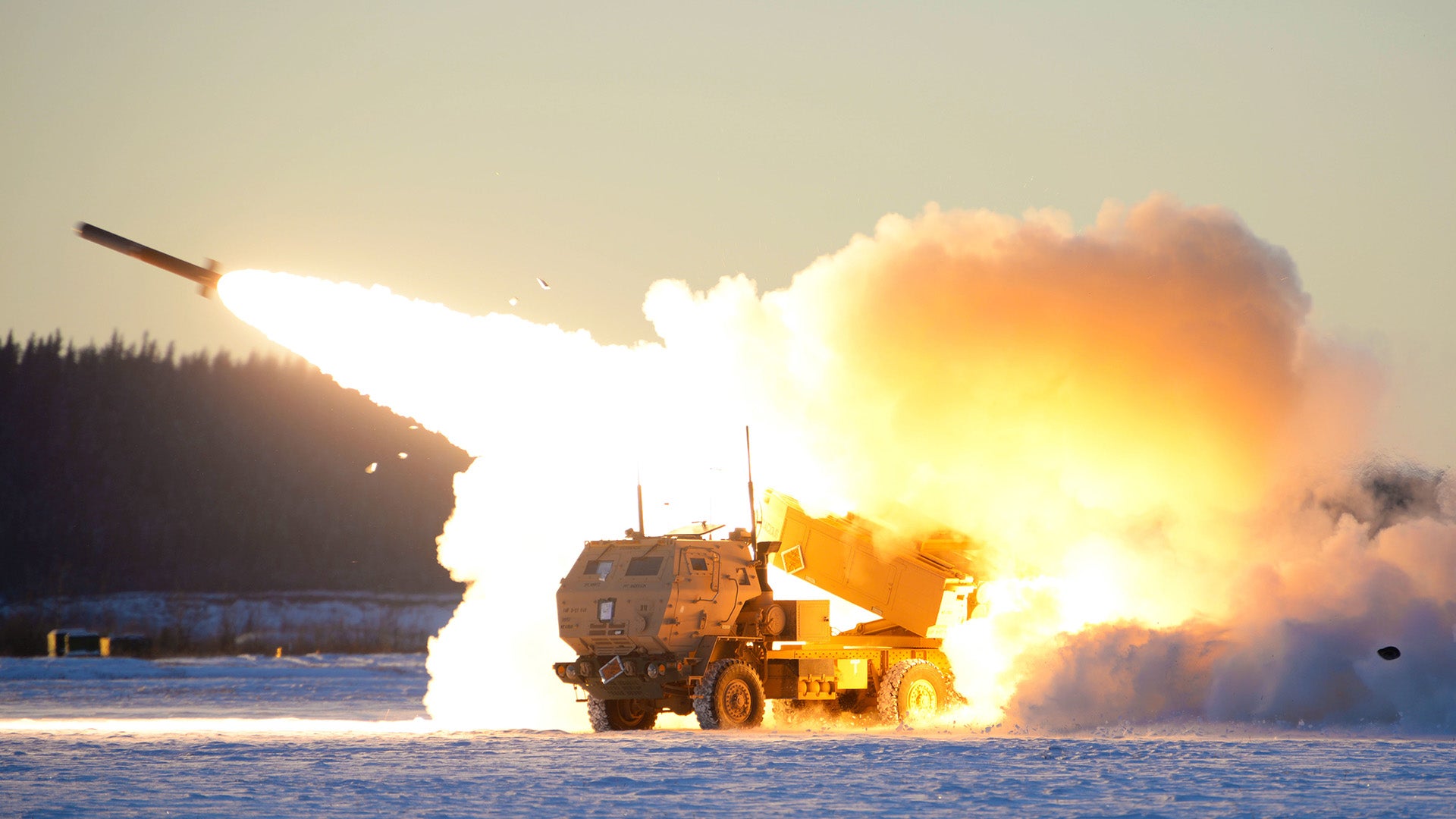
The U.S. government will send $300 million worth of Stinger missiles, artillery shells, cluster munitions, and anti-tank rockets rockets to Ukraine, paid for with savings in the Army’s budget, National Security Advisor Jake Sullivan told reporters on Tuesday.
“When Russian troops advance, its guns fire; Ukraine does not have enough ammunition to fire back,” Sullivan said at a White House news briefing. That’s costing terrain. It’s costing lives. It’s costing us, the United States and NATO alliance, strategically.”
The latest military assistance includes artillery shells and Guided Multiple Launch Rocket System munitions, or GMLRS, for Ukraine’s High Mobility Artillery Rocket Systems, or HIMARS, Sullvian said. The announcement comes months after the previous pledge of weapons, and 15 months after Congress last approved Ukraine aid.
“It is assistance that Ukraine desperately needs to hold the line against Russian attacks and to push back against the continuing Russian onslaught in the east and in the east and other parts of Ukraine,” Sullivan said.
However, Sullivan stressed that the military assistance comes nowhere close to meeting Ukraine’s needs, and it will not prevent Ukraine from running out of ammunition in the coming weeks.
“We have said repeatedly here in the briefing room and President [Joe] Biden said it to the entire nation in the State of the Union last week, that we cannot provide ongoing assistance to Ukraine without significantly impacting our military readiness absent congressional action,” Sullivan said. “Congress must act.”
Subscribe to Task & Purpose today. Get the latest military news and culture in your inbox daily.
The military assistance package also includes Stinger missiles; 155mm artillery shells, including high explosive and Dual Purpose Improved Cluster Munition rounds; 105mm artillery shells, AT4 anti-tank weapons, demolitions munitions for obstacle clearing, and spare parts, Air Force Maj. Gen. Pat Ryder, a Pentagon spokesman, told reporters on Tuesday.
The weapons will be paid for by savings that the Army has realized by spending less money than it had anticipated on certain contract awards, defense officials said.
Most of those savings were the result of negotiations with vendors, said a senior defense official, who spoke on condition of anonymity under rules established by the Pentagon.
“Ukraine replenishment funding, for example, paired with base budget funding allowed us to buy things at a better price because we were buying in bulk, so to speak,” the senior defense official said. “In one instance, with 25mm ammunition, we’re buying 120,000+ rounds; we estimated initially a unit cost of $130 each, but we ended up getting a better price of $93 to help us as we negotiated the contract with the vendor,”
The Army was also able to save money when it awarded a new contract for Joint Light Tactical Vehicles, and it was able to order more Humvees for the same amount of money, the senior defense official said. In the past, the Army has come under budget on contract awards for Javelins, Strykers, and HIMARS.
No further transfers of U.S. military equipment to Ukraine are currently planned, said another senior defense official.
It’s been 15 months since Congress last approved military assistance for Ukraine. Republican lawmakers in the House of Representatives are blocking a vote on funding to provide Ukraine with new weapons. The funding would also allow the Defense Department to replace $10 billion in munitions and equipment that has already been given to the Ukrainians.
The United States has provided Ukraine with $44.9 billion since President Joe Biden took office. But as of now, the Defense Department has exhausted all its funding to help Ukraine, and it is wary of giving more military equipment to the Ukrainians without Congress approving money to replenish its stocks, the senior defense official said.
“This is a bit of an ad hoc, or one-time shot,” the official said. “We don’t know if or when future savings will come in. And we certainly can’t count on this as a way of doing business.”
The decision to provide Ukraine with more weapons even though Congress has not passed additional funding was partially driven by the dire conditions that Ukrainians are facing on the battlefield, the senior defense official said.
In February, the Ukrainians withdrew from the town of Avdiivka, marking Russia’s biggest victory in months. Former Defense Secretary Robert Gates recently told the Washington Post that the war is no longer a stalemate because Russia has regained momentum.
“The loss of Avdiivka was important,” Gates said. “It’s not – you know, it creates an opportunity for the Russians to move the lines further to the east. And everything I’m reading is that the Russians are sort of on the offensive all along at various different places along the 600-mile frontier.”
